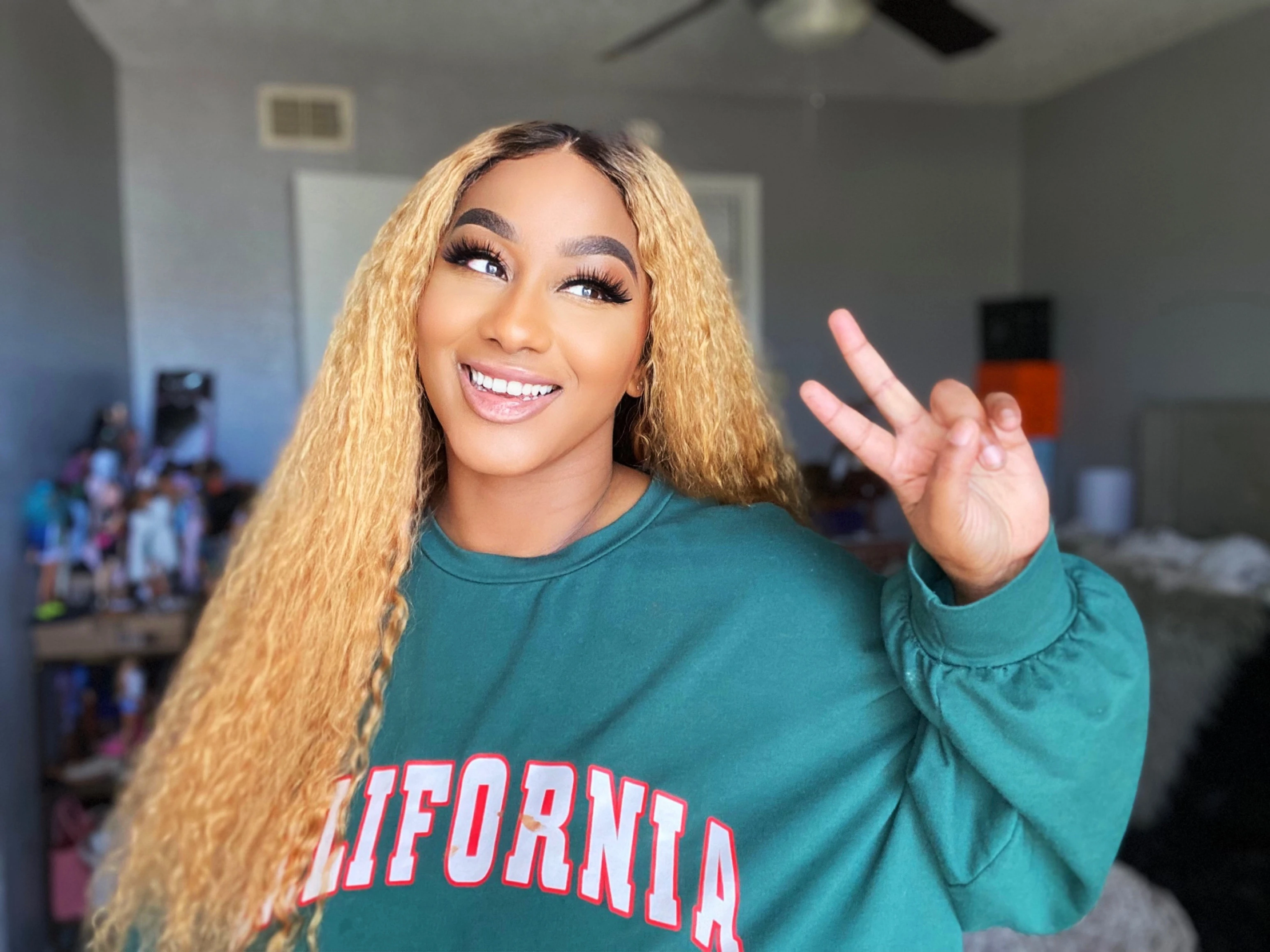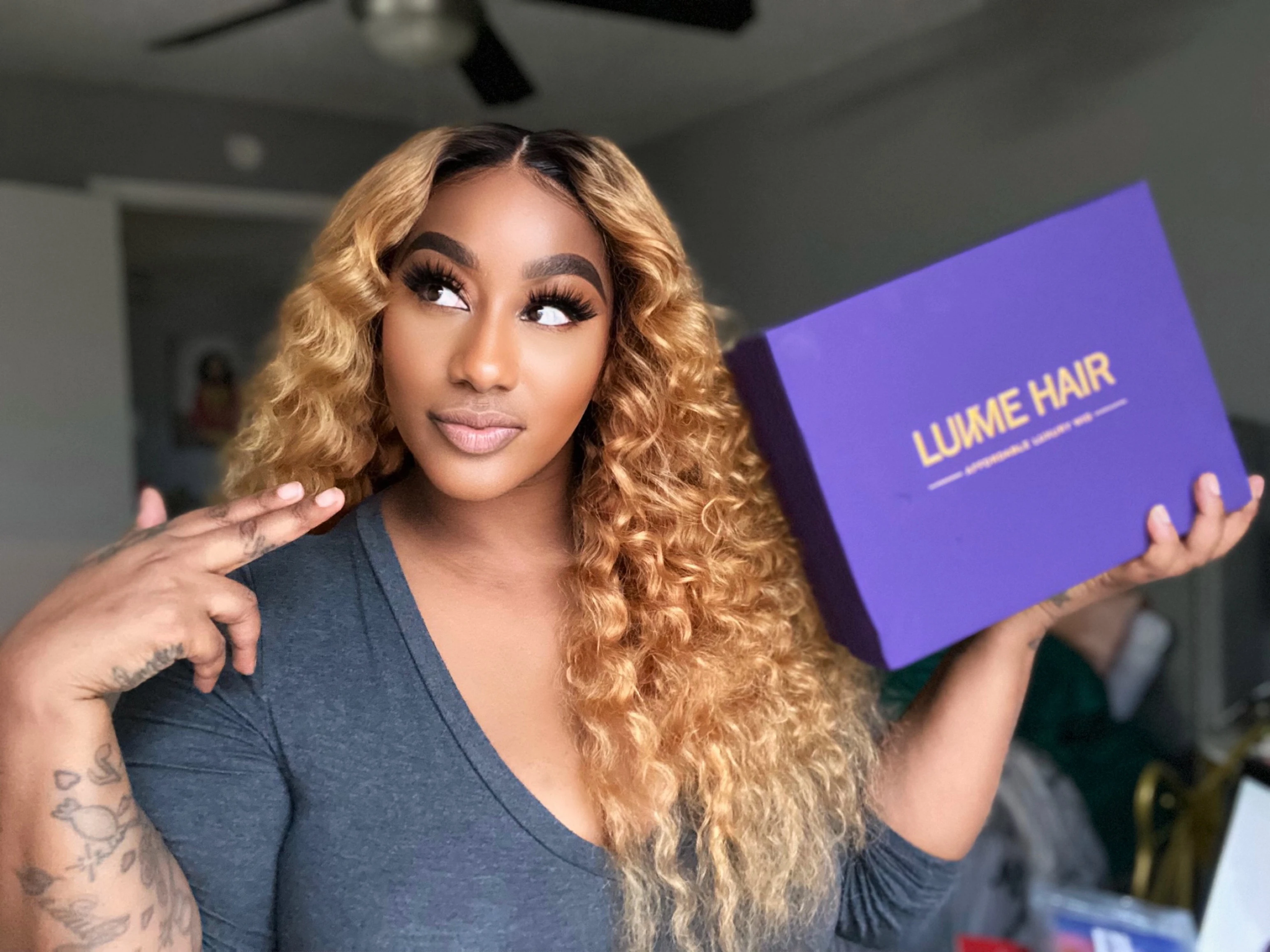Step-by-Step Guide to Mixing Shades for Glueless Color Wigs

The guide aims to help readers mix shades for glueless color wigs. Mixing shades can create a natural and personalized look. Traditional hair color techniques often lack this flexibility. Combining different shades of brown hair can add depth and dimension. The Luvmeforyou Mix Color Brown Curly Bob Wig offers a versatile option. This wig allows for easy customization and maintenance. Traditional hair color methods cannot achieve such versatility.
Selecting the Right Shades
Understanding Color Theory
Primary, Secondary, and Tertiary Colors
Color theory forms the Foundation of mixing shades for glueless wigs. Primary colors include red, blue, and yellow. These colors cannot be created by mixing other colors. Secondary colors result from mixing two primary colors. For example, mixing red and blue creates purple. Tertiary colors come from mixing a primary color with a secondary color. This process expands the range of available shades.
Complementary and Analogous Colors
Complementary colors sit opposite each other on the color wheel. Examples include blue and orange or red and green. Using complementary colors can create vibrant looks. Analogous colors sit next to each other on the color wheel. These colors blend seamlessly and create a harmonious look. For instance, using shades of blue, green, and teal can produce a cohesive appearance.
Choosing Shades Based on Skin Tone
Warm, Cool, and Neutral Undertones
Skin tone plays a crucial role in selecting the right shades. Warm undertones often have a golden or yellow hue. Cool undertones usually appear pink or blue. Neutral undertones balance both warm and cool hues. Identifying skin tone helps in choosing flattering shades.
Examples of Suitable Shades
For warm undertones, consider shades like caramel, honey, or chestnut. Cool undertones pair well with colors such as ash blonde, platinum, or burgundy. Neutral undertones can wear a wide range of colors, including both warm and cool shades. Experimenting with different shades can help find the perfect match.
Considering Wig Material and Quality
Synthetic vs. Human Hair
The type of wig material affects the coloring process. Synthetic wigs often resist dye and may not hold color well. Human hair wigs offer more flexibility for dyeing. The Luvmeforyou Mix Color Brown Curly Bob Wig, made from 100% human hair, allows for easy customization. Human hair wigs provide a natural look and feel.
Impact on Color Mixing
Human hair wigs can undergo various coloring techniques. Using watercolor hair dye can achieve vibrant results. Synthetic wigs may require special dyes designed for synthetic fibers. The quality of the wig impacts the final look. High-quality wigs ensure better color retention and longevity.
Blending Techniques for Glueless Color Wigs

Tools and Materials Needed for Glueless Color Wigs
Brushes, Combs, and Color Mixing Bowls
Proper tools ensure a smooth blending process. Brushes and combs help distribute the color evenly. Color mixing bowls hold the dye and keep the workspace tidy. Each tool plays a crucial role in achieving a natural look.
Protective Gear and Workspace Setup
Safety should always come first. Gloves protect the skin from dye. An apron shields clothing from stains. A well-ventilated area prevents inhaling harmful fumes. Proper lighting helps see the true color of the wig. A clean workspace ensures no contamination during the coloring process.
Step-by-Step Blending Process for Glueless Color Wigs
Preparing the Glueless Wig
Start by washing the glueless wig with mild shampoo. This removes any residue that could affect the dye. Rinse thoroughly with water and let the wig air dry. Place the wig on a mannequin head for stability. Secure the wig with pins to prevent movement.
Applying the Base Color
Choose a base color that complements the desired look. Mix the dye according to the instructions. Use a brush to apply the dye evenly. Start from the roots and work towards the ends. Ensure full coverage for a consistent base color. Let the dye sit for the recommended time.
Adding and Blending Secondary Colors
Select secondary colors to add depth. Mix each dye in separate bowls. Apply the secondary colors in sections. Use a brush to blend the colors smoothly. Gradual transitions create a natural appearance. Rinse the wig with water to remove excess dye. Let the wig air dry completely.
Tips for Achieving a Natural Look with Glueless Color Wigs
Gradual Color Transitions
Gradual transitions between colors look more natural. Avoid abrupt changes that can appear harsh. Blend colors slowly to achieve a seamless look. Use a brush to soften any lines between colors. This technique enhances the overall appearance of the wig.
Avoiding Harsh Lines
Harsh lines can ruin the natural look of glueless color wigs. Use a comb to blend the colors gently. Apply the dye in thin layers for better control. Check the wig under different lighting conditions. Adjust the blending as needed to avoid harsh lines.
Application Tips for Glueless Color Wigs
Preparing Your Natural Hair
Cleaning and Conditioning
Start by thoroughly cleaning your natural hair. Use a mild shampoo to remove any dirt or product buildup. Rinse with water until the hair feels clean. Follow with a conditioner to moisturize and soften the hair. This step ensures a smooth base for the glueless wig.
Braiding or Wrapping Techniques
Braiding or wrapping the natural hair helps create a flat surface. Choose small, tight braids for a secure fit. Alternatively, wrap the hair around the head and secure it with pins. Both techniques help the glueless wig sit comfortably and naturally.
Securing the Glueless Wig
Adjustable Straps and Combs
Glueless wigs often come with adjustable straps and combs. Adjust the straps to fit the head size. Secure the combs into the natural hair for added stability. This method ensures the wig stays in place throughout the day.
Ensuring a Snug Fit
A snug fit prevents the wig from shifting. Check the fit by moving the head in different directions. Adjust the straps and combs as needed. A well-fitted glueless wig enhances comfort and confidence.
Styling and Maintenance of Glueless Color Wigs
Daily Care Tips
Daily care keeps the glueless color wig looking fresh. Brush the wig gently to remove tangles. Use a wide-tooth comb to avoid damaging the lace. Store the wig on a mannequin head to maintain its shape. Regular care extends the life of the wig.
Long-Term Maintenance
Long-term maintenance involves deeper care routines. Wash the wig with a gentle shampoo every two weeks. Rinse thoroughly with water to remove all product residue. Apply a deep conditioner to keep the wig soft and manageable. Avoid using heat tools frequently to prevent damage. Proper maintenance ensures the wig remains vibrant and natural-looking.
Testimonial: "The pre-installation process helps to optimize the hair’s health and create an ideal foundation for the installation, ensuring longevity and natural-looking results." — Yummie O
Testimonial: "All in all, I definitely did feel sexier as a blonde. Would I change my whole wardrobe and sit in a salon chair for five hours a month to emulate it though? Probably not. But I can recommend a wig if you want to mix things up." — Anonymous
The guide has covered essential steps for mixing shades for glueless color wigs. Experimenting with different colors can create a unique and personalized look. The Luvmeforyou Mix Color Brown Curly Bob Wig offers an excellent option for customization. This wig allows for easy application and maintenance. Trying various shades can enhance the overall appearance of the wig.
Testimonial: "I definitely did feel sexier as a blonde. Would I change my whole wardrobe and sit in a salon chair for five hours a month to emulate it though? Probably not. But I can recommend a wig if you want to mix things up." — Anonymous






















